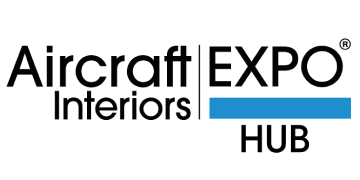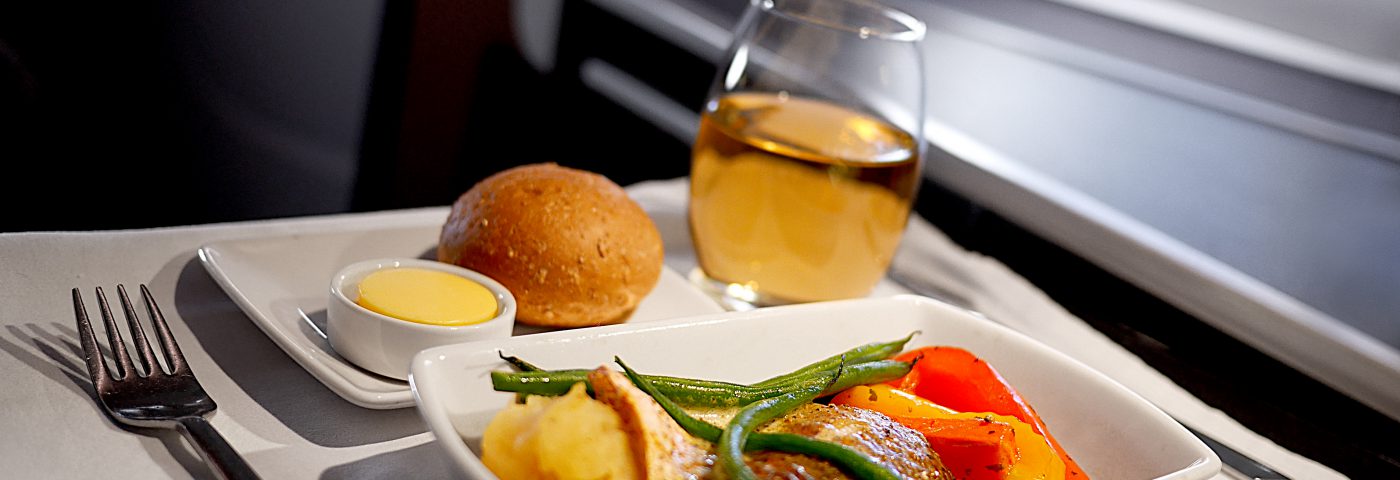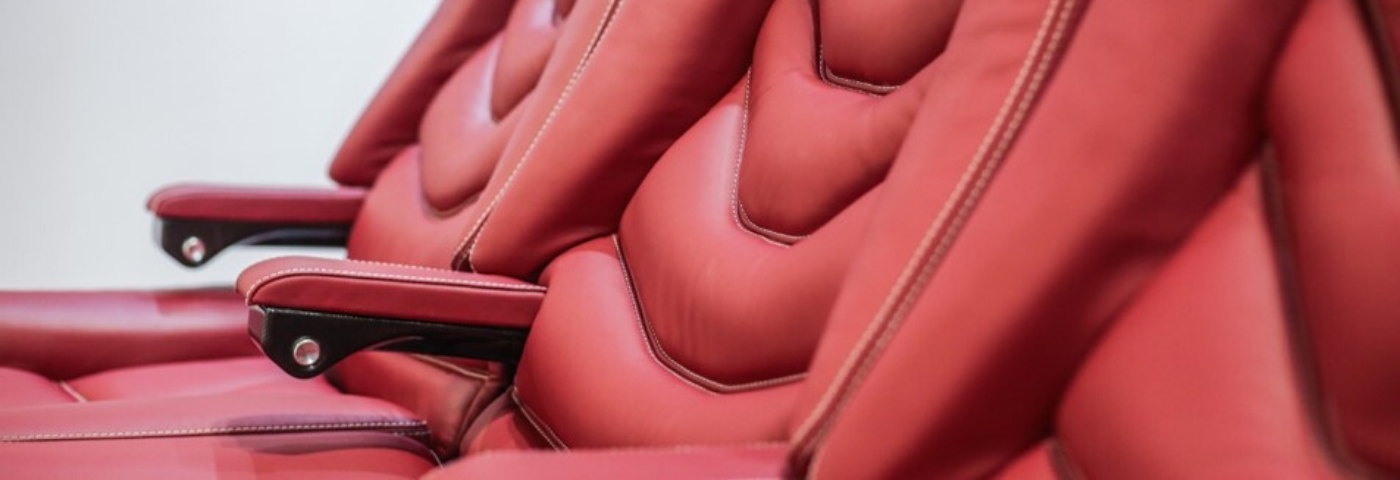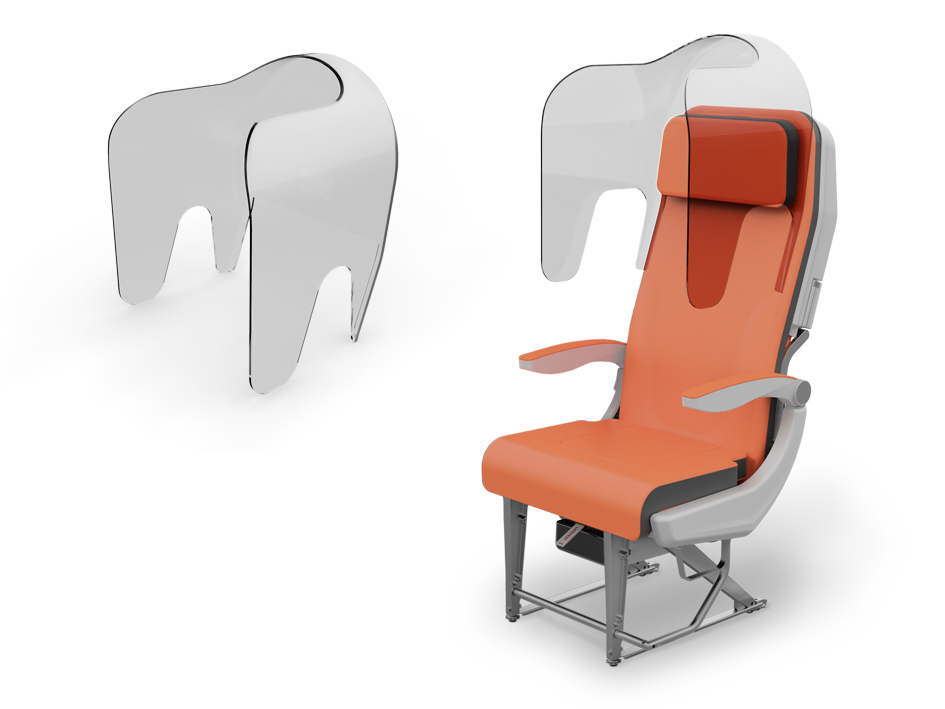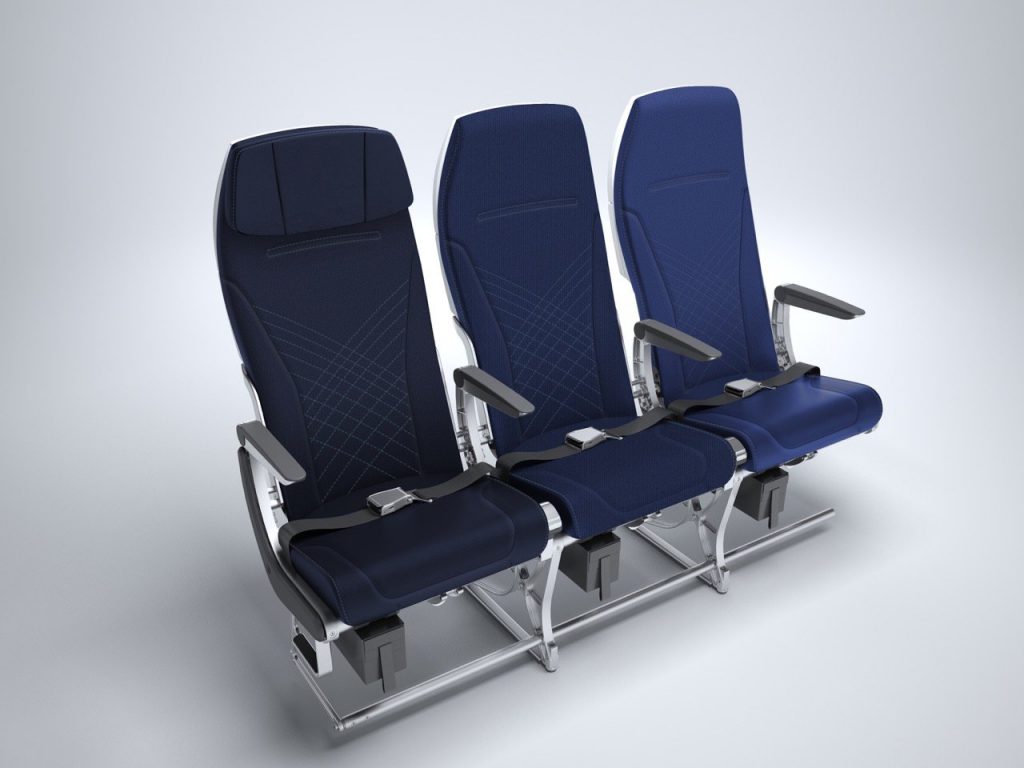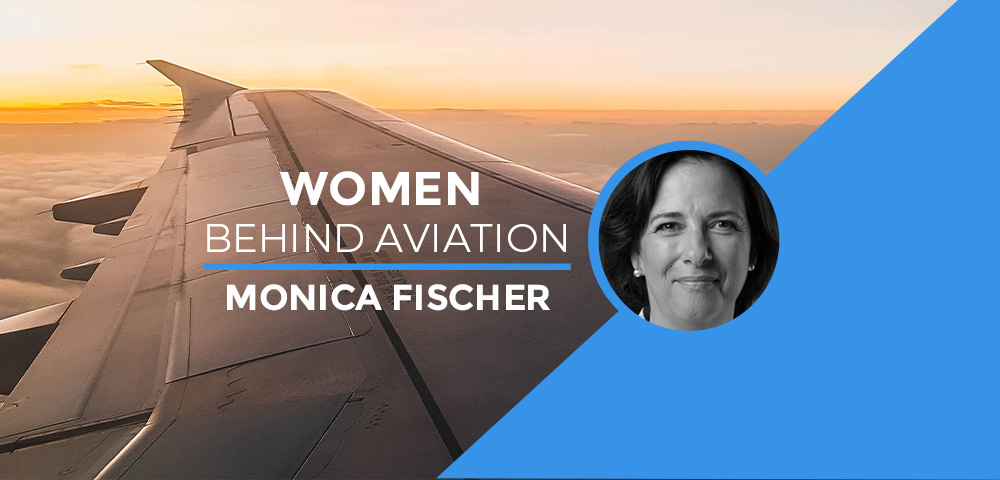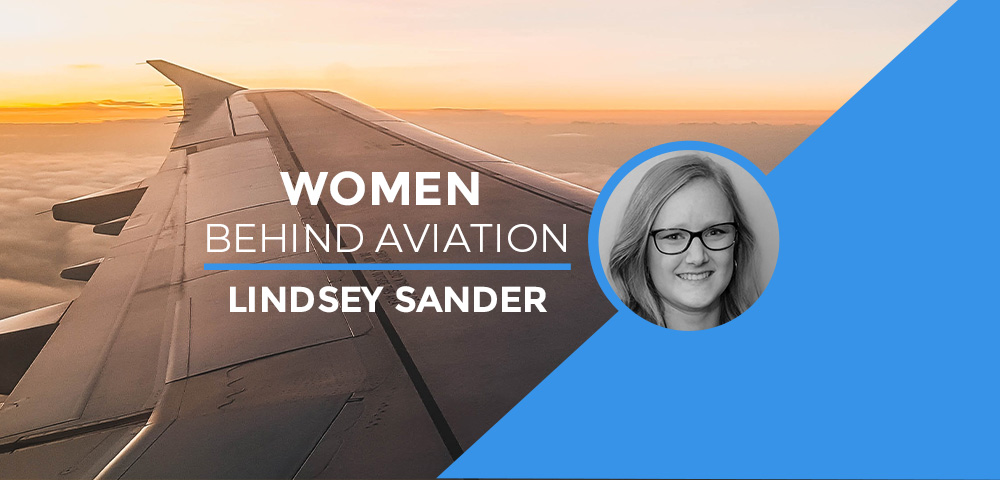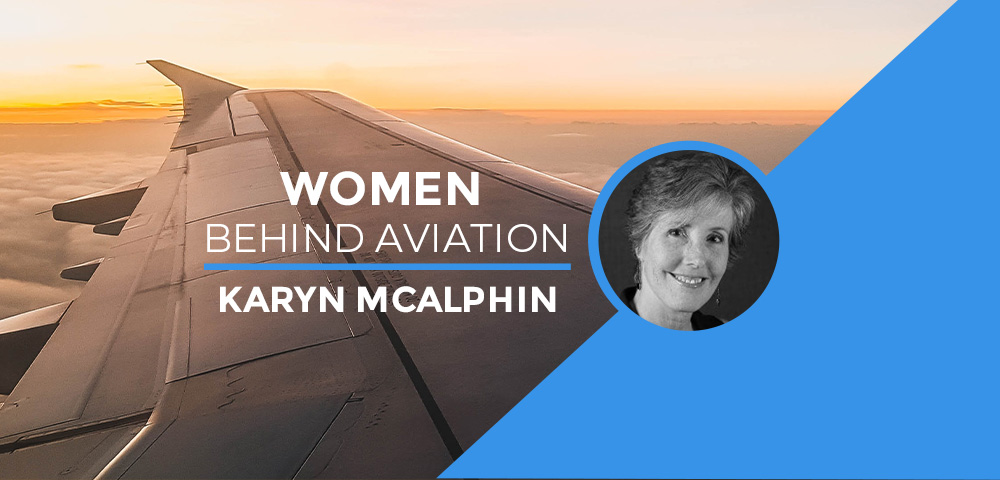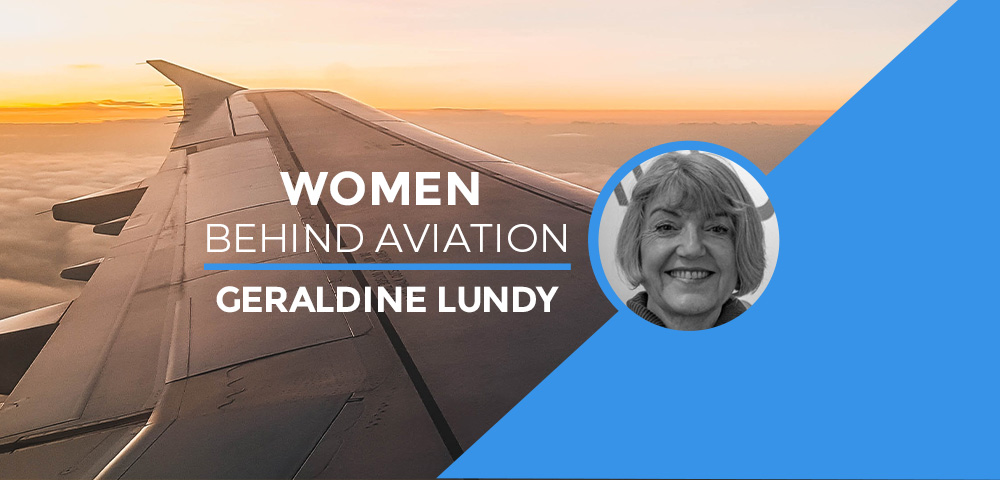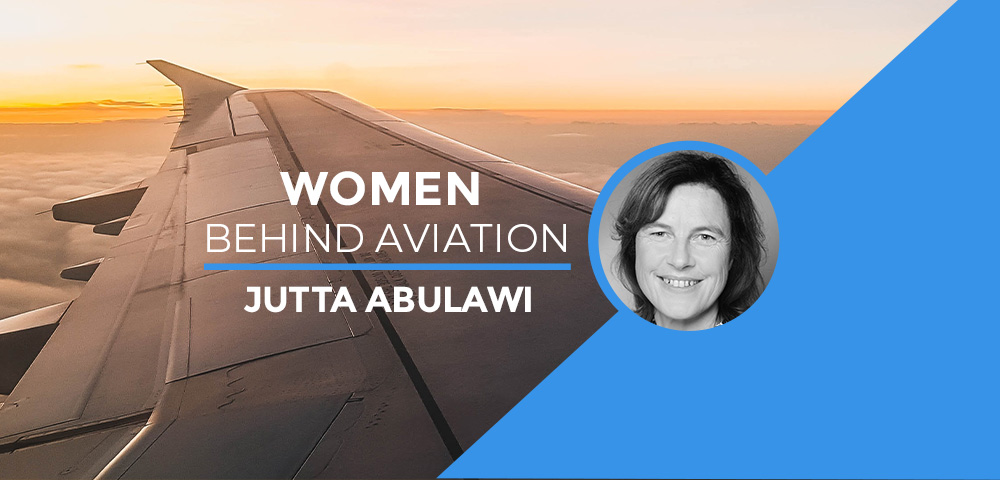PAX Week Views returns to discuss accessibility with Jennifer Coutts Clay, consultant and author of JETLINER CABINS and Christopher Wood, founder of Flying Disabled. Addressing the expanding ageing population and the increasing needs for accessibility onboard, Jennifer and Chris reflect on the progress made to date and what the industry needs to do to facilitate a flying experience for all.
Sign up for the latest exhibition updates and industry insights here.
